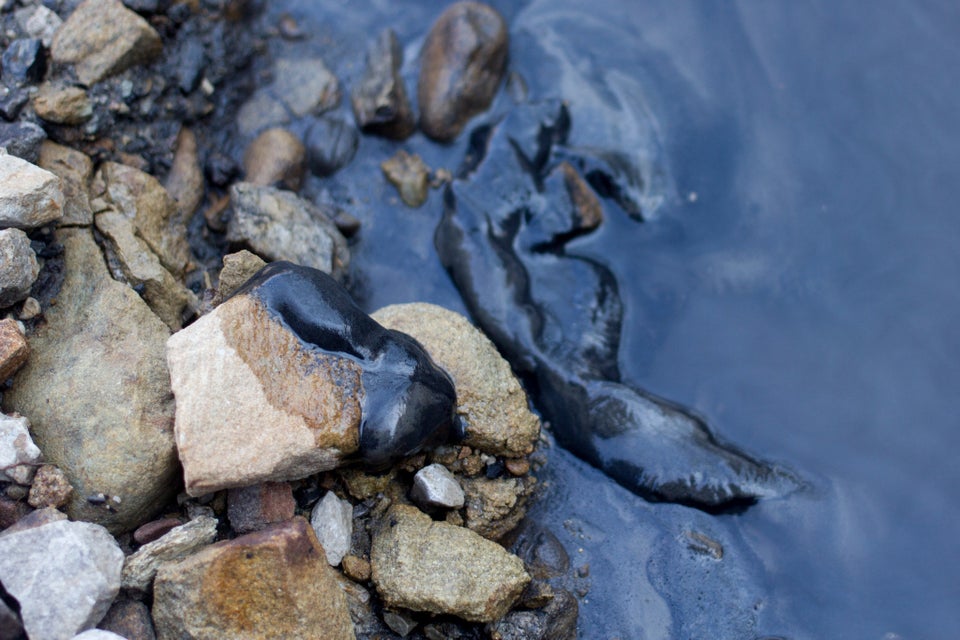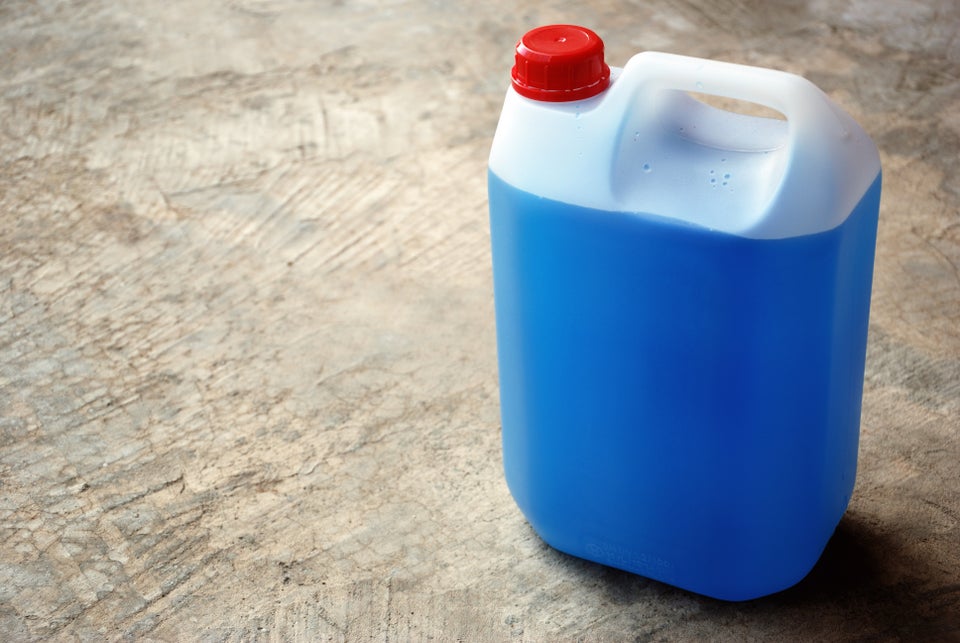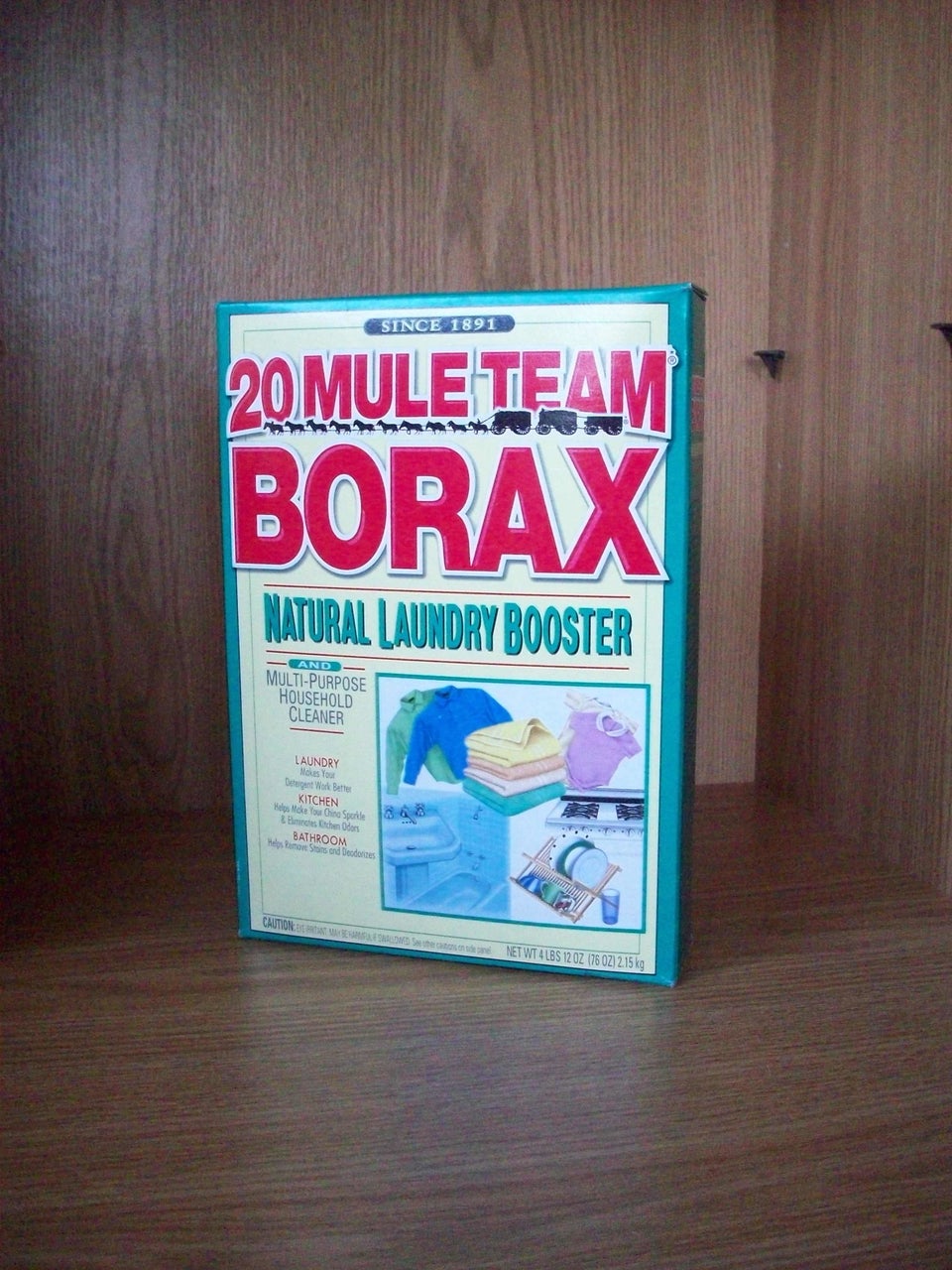Some processed foods are most enjoyable when consumed under a veil of ignorance.
Otto Von Bismarck, the politician who allegedly coined the phrase,“If you like laws and sausages, you should never watch either one being made,” knew this all too well.
But what about the everyday eats we assumed were safe, like bread, soda and cereal? Even if some of these foods seem innocuous, the fact that we need to pump up our snacks with additives speaks volumes about how far from 'natural' our food has become. Read below to find out what ingredients are really lurking behind those labels.

How we consume it: Vanilla-flavored treats
Even if castoreum, a liquid found in castor sacs near a beaver's anus, might not SOUND tasty, it is widely used as a substitute for vanilla flavoring.

How we consume it: Bagels, cakes and more.
Believe it or not, this compound made from human hair and/or duck feathers is actually used as a flavor enhancer. L-Cysteine is pretty common, so don't be surprised if you've already eaten some today.

How we consumed it: Almost any artificially-dyed food
When manufacturers began making synthetic food coloring nearly 120 years ago, they relied heavily on coal tar (the byproduct of carbonized coal). Although the food industry has mostly phased out this product, the alternative isn't much better: oil.
"Although certifiable color additives have been called coal-tar colors because of their traditional origins, today they are synthesized mainly from raw materials obtained from petroleum," says the FDA website.

How we consume it: Salad dressing
Propylene glycol is commonly used as an anti-freeze (but less toxic than ethylene glycol, a similar product), and can also be found in salad dressings as a thickening agent.

How to consume it: Citrus-flavored soda
Something called "vegetable oil" might seem unassuming in food production, but the active ingredient, bromine, is widely used as a flame retardant in furniture, and can be toxic. High levels of consumption may be tied to impaired neurological abilities and early onset puberty.

How to consume it: Chicken nuggets
TBHQ is not just gross; it can be highly dangerous, too. The synthetically-created preservative is used in everything from bubble gum to nail polish to cheese crackers. Unfortunately, the stuff is so toxic that just one gram of it could make you ill.

How we consume it: Salts, soups and more
Silicon dioxide can be added to foods as an anti-clumping agent, and is often used to control humidity. If your soup tastes a little gritty, now you know why.

How we consume it: Cereal
We've all been told that antioxidants are good for us, but some are certainly better than others. BHT falls into the "others" group. This antioxidant property helps keep foods fresh for longer. So as long as you are fine with consuming the same chemical compound found in petroleum products, such as jet fuel, your bran flakes can stay crunchy for weeks!

How we consume it: Caviar
Borax, the well-known home cleaning agent, can also be found as a food preservative in caviar. Although it is banned from most foods in the U.S., imported caviar preserved with E285 can still be sold here.
Clarification: The image originally associated with propylene glycol suggested that it was an anti-freeze commonly used in cars. This chemical is often found as a cooling agent in electronics.